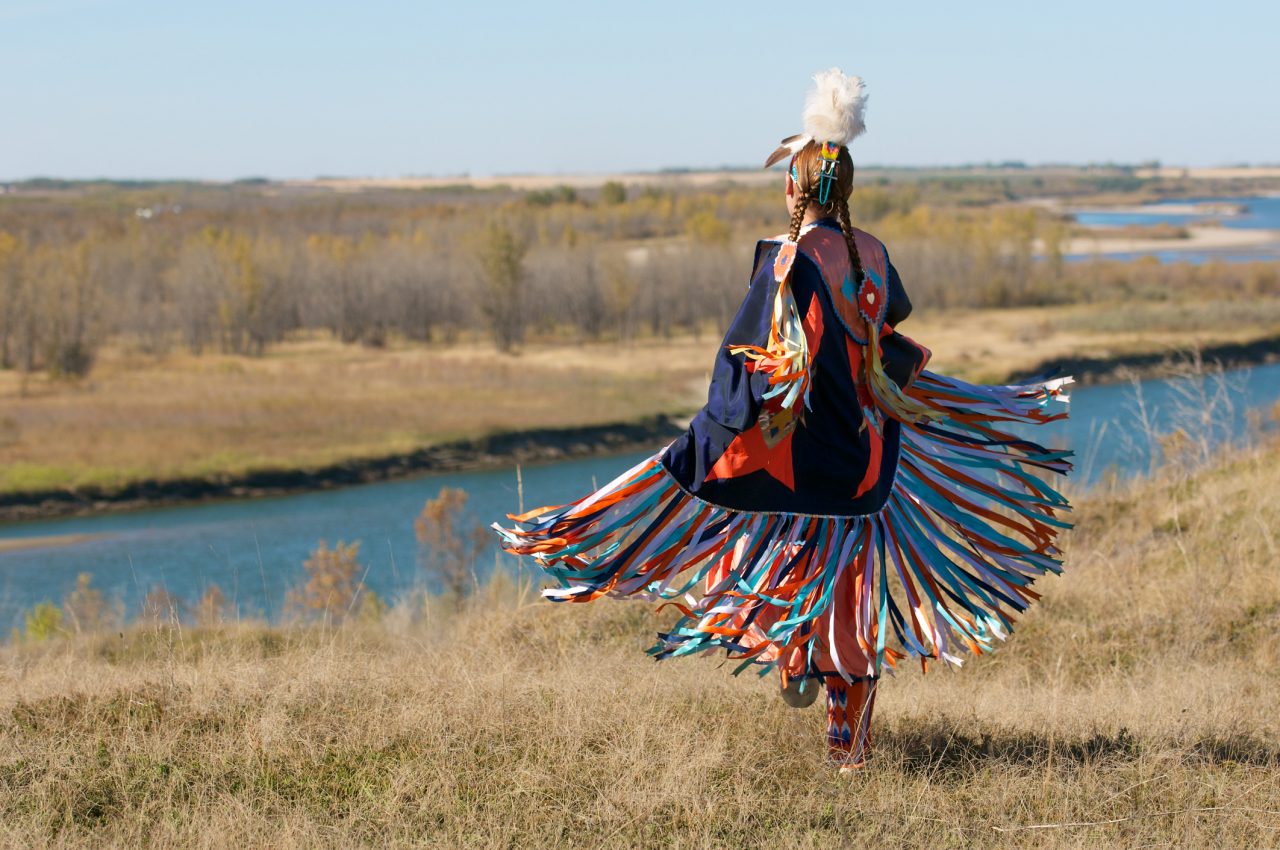
First Nations Women performing a Fancy Shawl Dance in a grass field with a river background
The Native Americans
Before Europeans came to America in the 15th century, Indigenous peoples, called Native Americans, lived there. There were more than 500 different tribes, each with its own language and way of life.
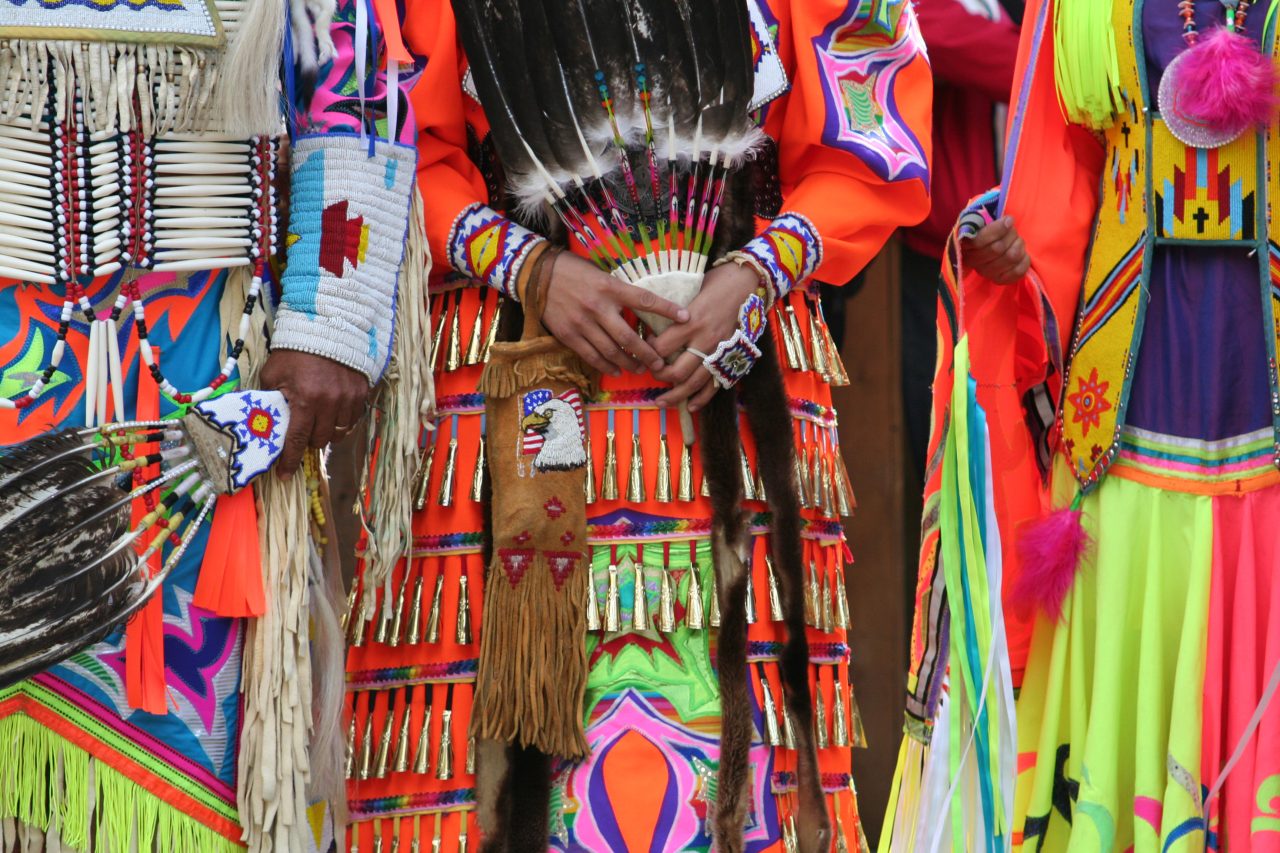
Three dancers dressed in vibrant traditional costume of a North American aboriginal from British Columbia, Canada. Includes feathers, bones, beadwork and bells.
Respect for nature
Native Americans respected nature and only took what they needed. They had special ceremonies, like the Sun Dance, and made tall wooden poles with carvings, called totem poles.
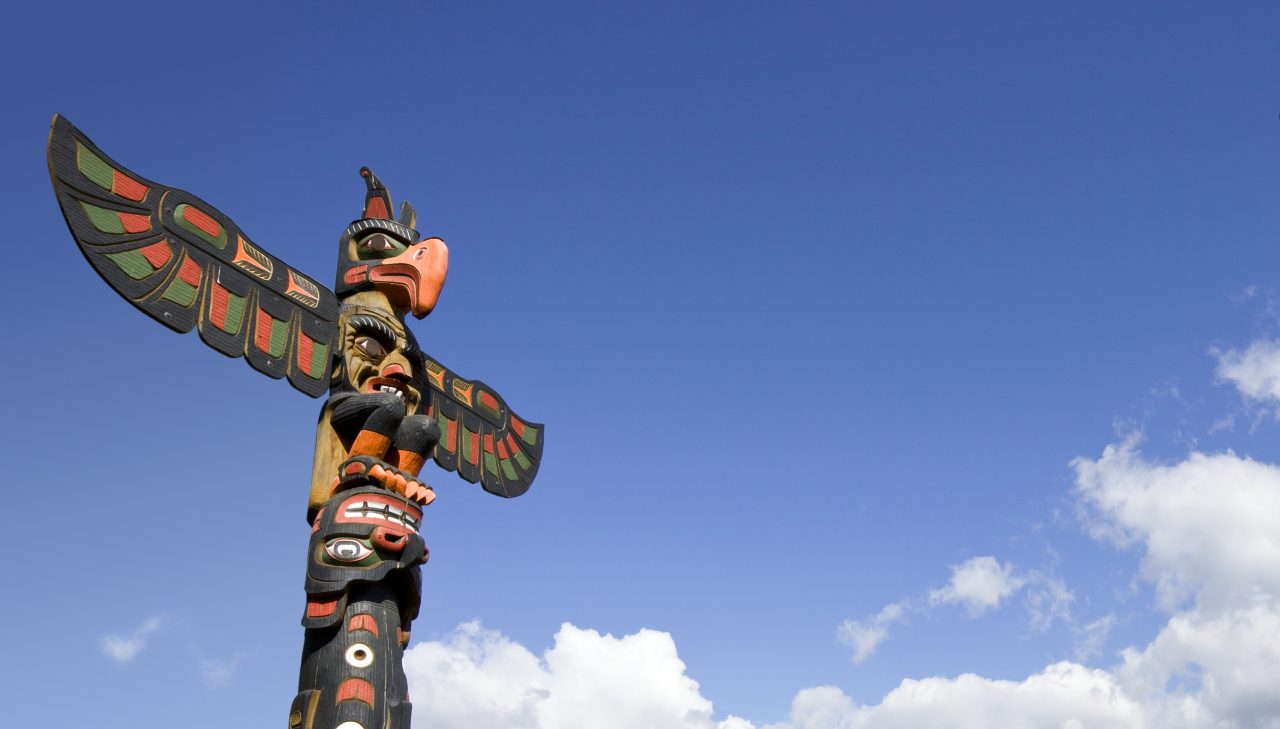
A totem pole against a blue sky
Rituals are important
Ceremonies are a big part of Native American life. The Plains tribes practise the Sun Dance, which is a ritual to connect to the spirit world.
The tribes of the Pacific Northwest had Totem poles. These are tall wooden beams with carvings of animals and spirits.
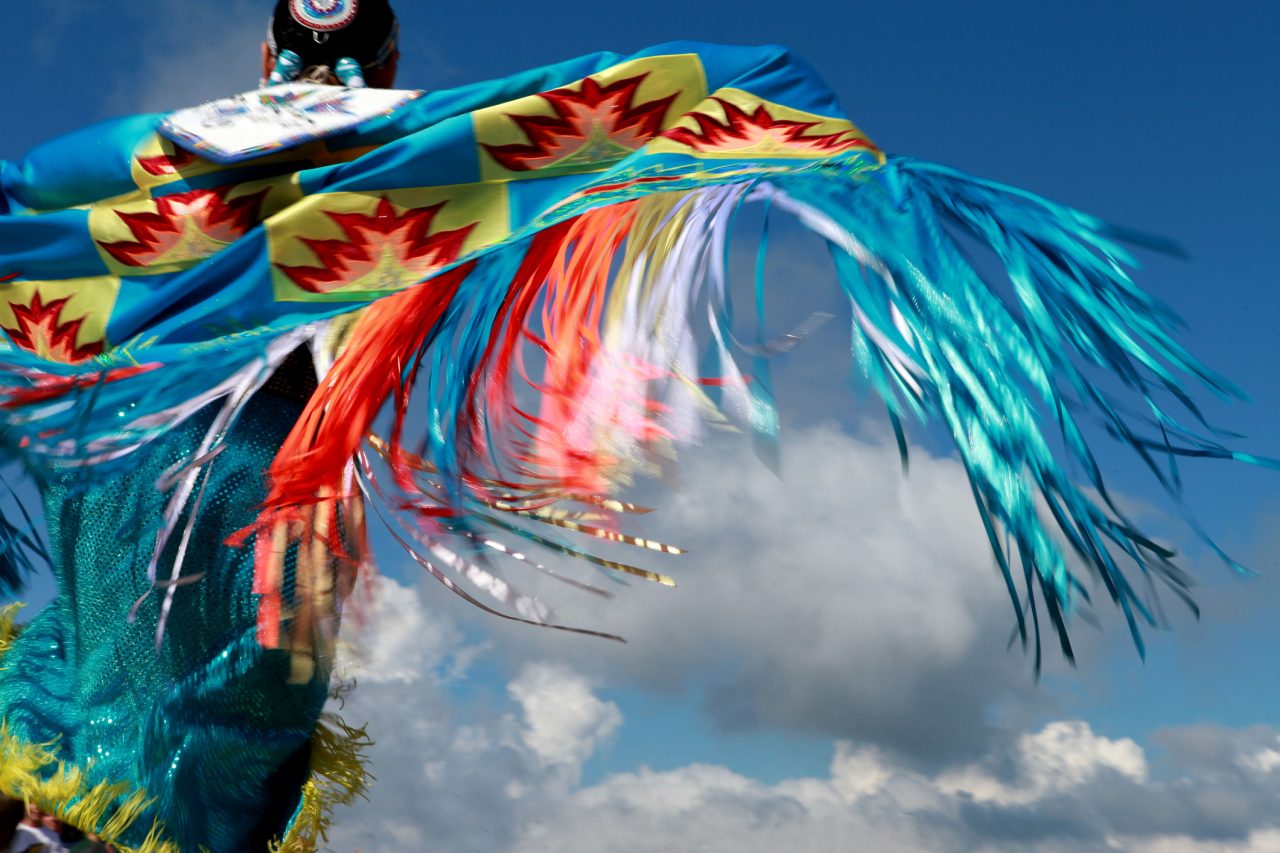
Native american dancing in traditional clothes
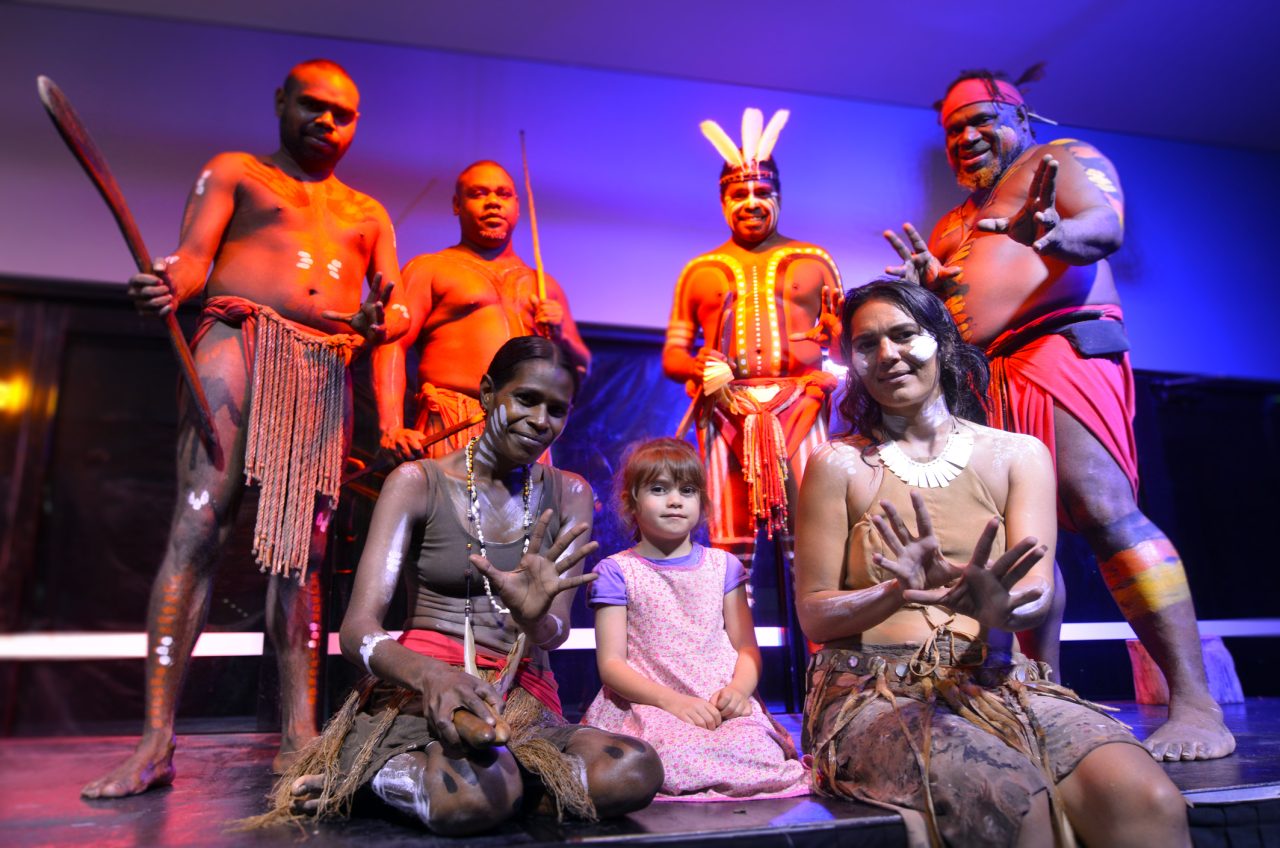
Aboriginal Australian people of the Yirrganydji people at a cultural show in Queensland, Australia. Dressed in traditional costumes
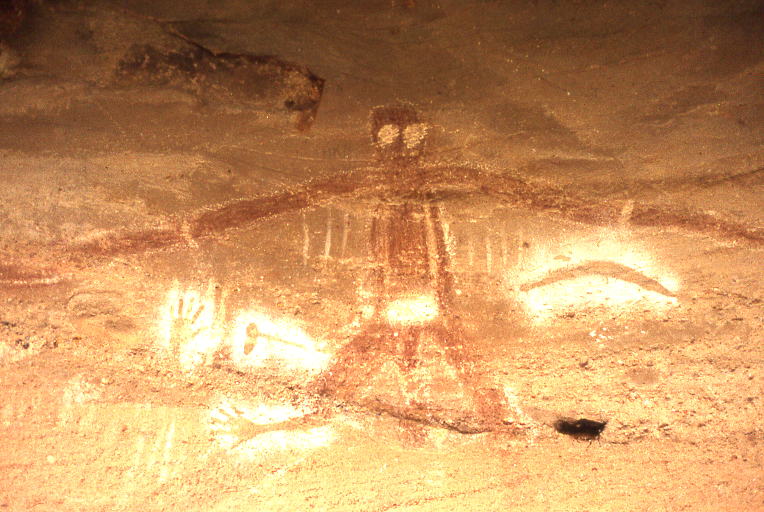
Aboriginal painting, Baiame Cave
Aboriginal art
Dot paintings are typical Aboriginal art. The didgeridoo is a famous Aboriginal wind instrument and is played at ceremonies.
📷 Austrailan Digeridoos in Cairns, Australia.
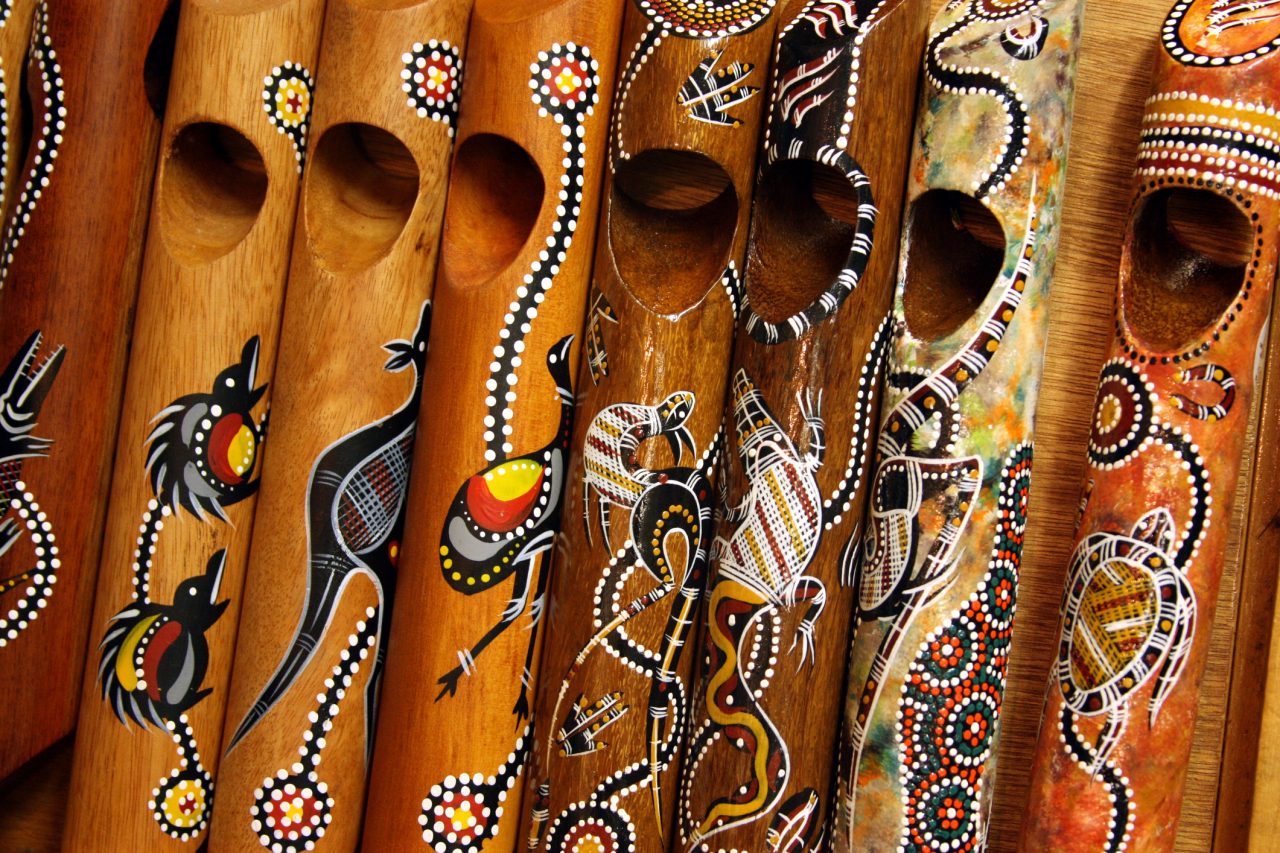
A few different digeridoos instruments
The Māori of New Zealand
Europeans came to New Zealand in the 17th century, but before that the Māori people lived there. They came to New Zealand in the 13th century by following the stars and ocean currents.
📷 Maori warriors perform a Haka (dance of welcome).
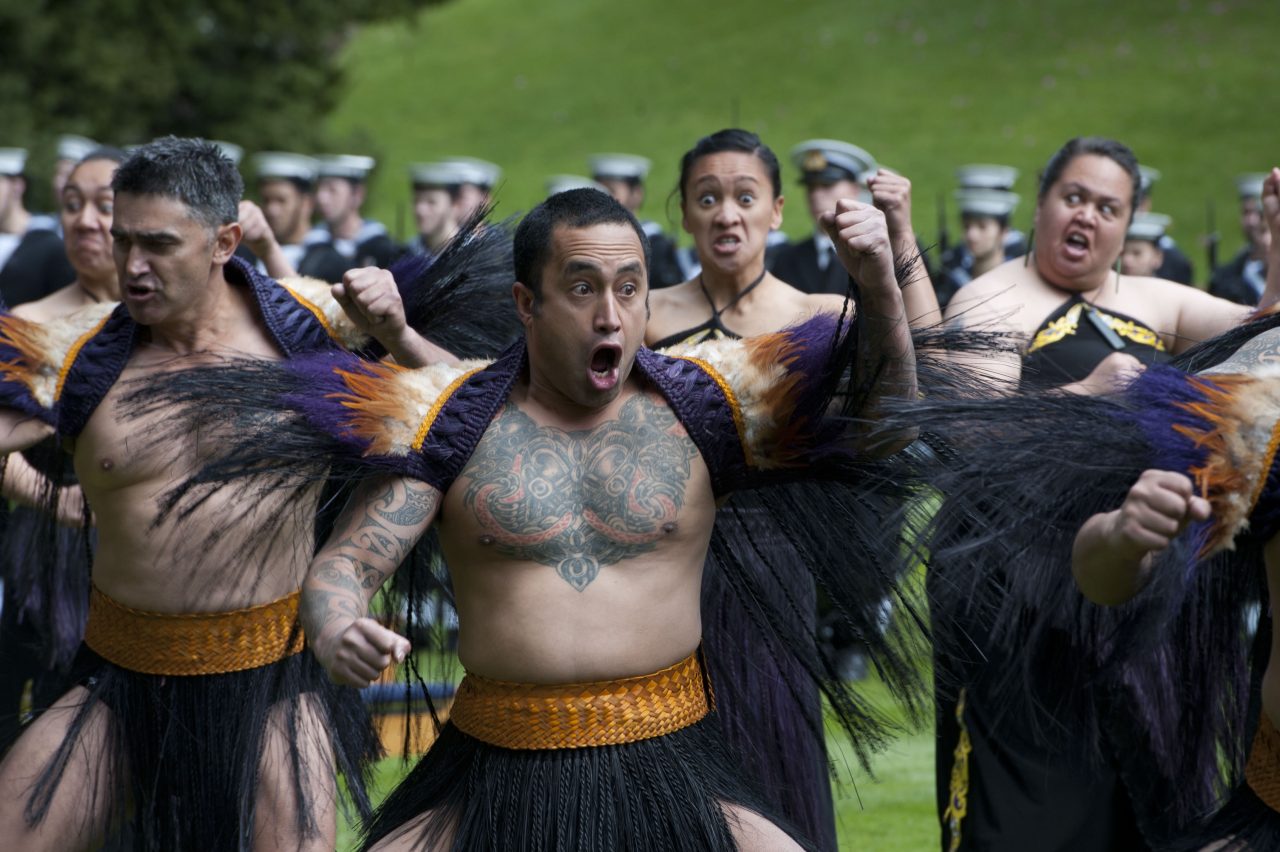
Maori warriors perform a Haka
Rich culture
They made beautiful carvings, danced powerful dances called ‘haka,’ and had tattoos called ‘moko’ that told stories. They lived in communities called ‘iwi,’ and had a rich culture.
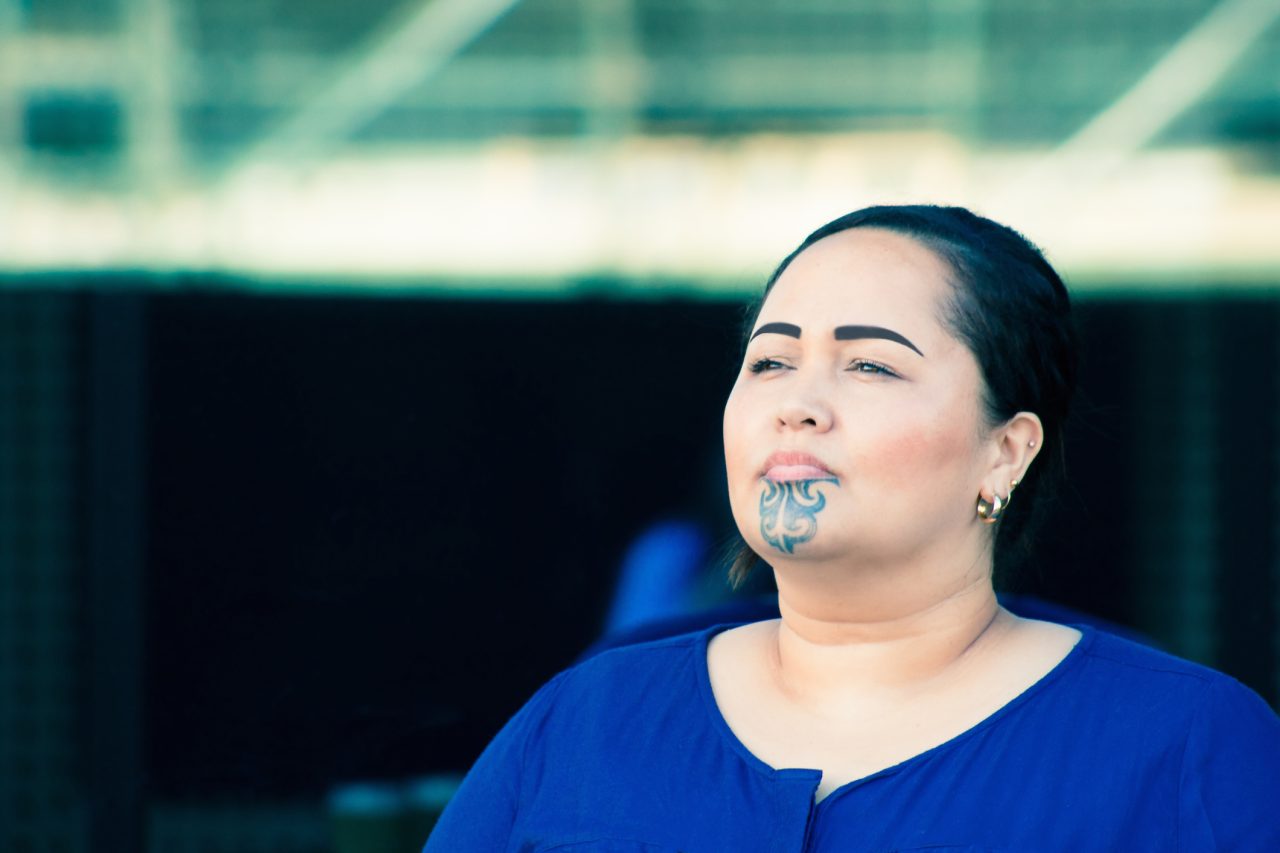
Close up portrait of a beautiful Maori businesswoman outdoors in the workplace with traditional tattoo on her chin
Family and kin are important
Communities, or ‘iwi’, played a central role in Māori life. Each had its own history, lands, and chieftain. Sometimes different communities worked together. Sometimes they fought.
📷 A Maori marae entrance, Tapawera, New Zealand.
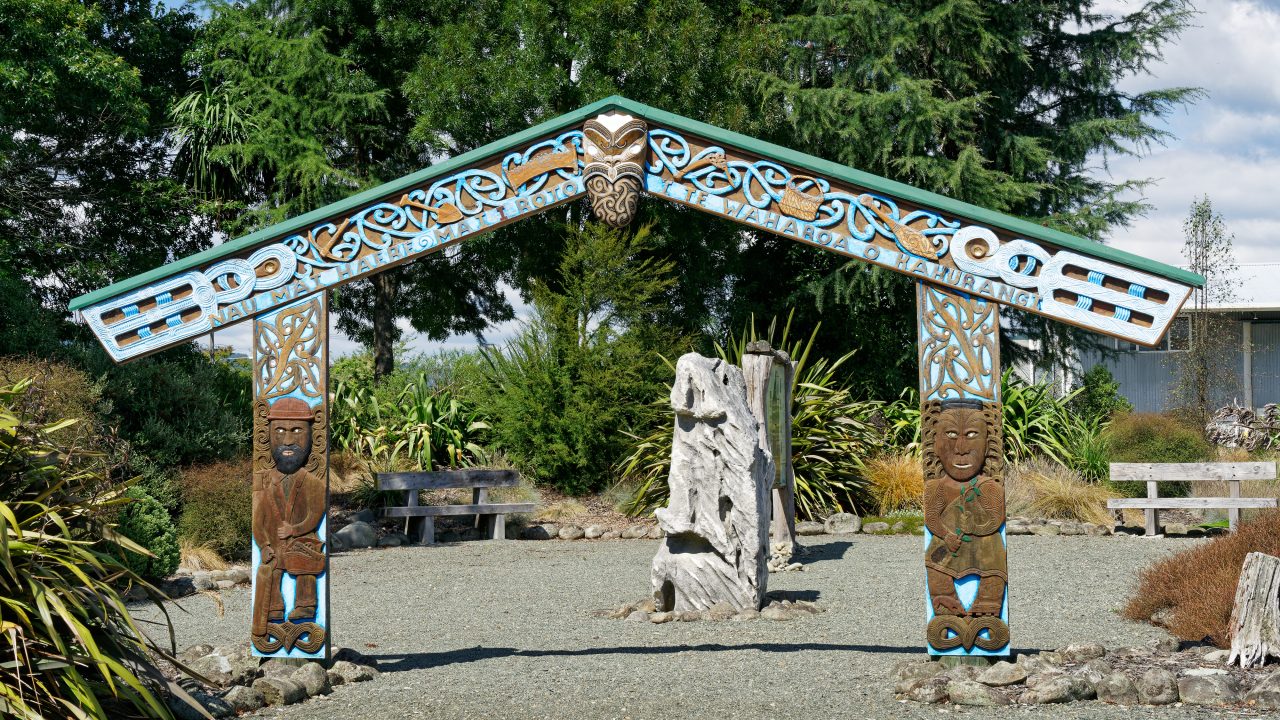
Maori marae entrance Tapawera, New Zealand
Core beliefs
Some central beliefs in Māori culture are very important. These beliefs shaped their understanding of the world. The Māori believe that everything is connected (‘whakapapa’), and that a spiritual power exists in everything (‘mana’). Some things and places are holy, or ‘tapu’.
📷 Sunrise at Te Mata Peak, New Zealand
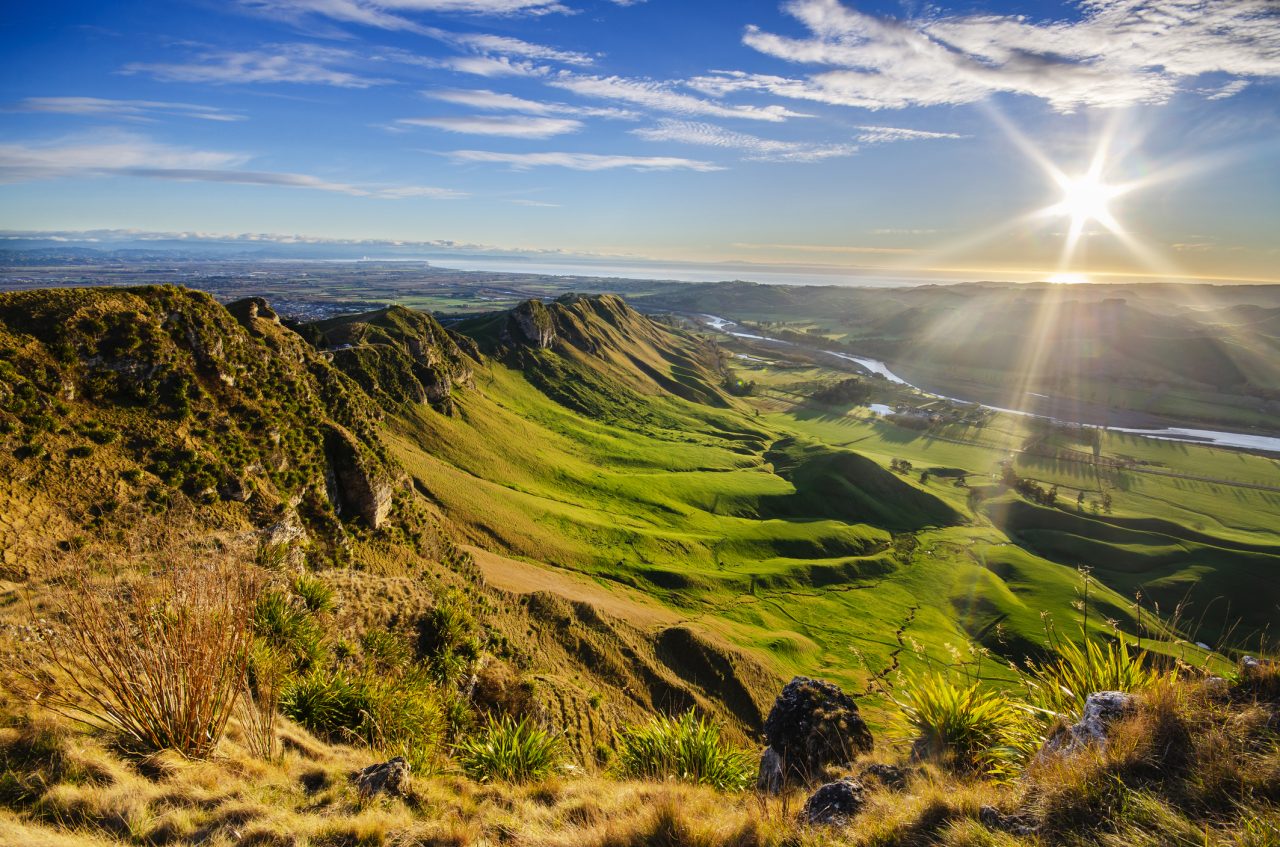
Sunrise at Te Mata Peak, New Zealand
Sources:
- The World Bank (30.8.2023): Indigenous Peoples Overview
Indigenous Peoples Overview (worldbank.org)
- United Nations (30.8.2023): Indigenous Peoples
Indigenous Peoples | United Nations
- Regjeringen.no (30.8.2023): What Defines an Indigenous People
What Defines an Indigenous People? – regjeringen.no
Media rights:
-
-
Getty Images
-
Getty Images
-
Getty Images
-
Getty Images
-
Getty Images
-
Photo by Sardaka (CC BY-SA 3.0)
-
Getty Images
-
Photo by Erin A. Kirk-Cuomo / Public domain
-
Getty Images
-
Getty Images
-
Getty Images
-


